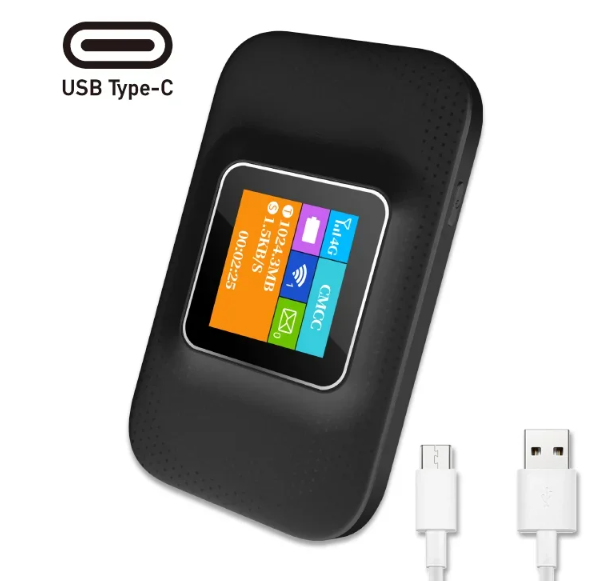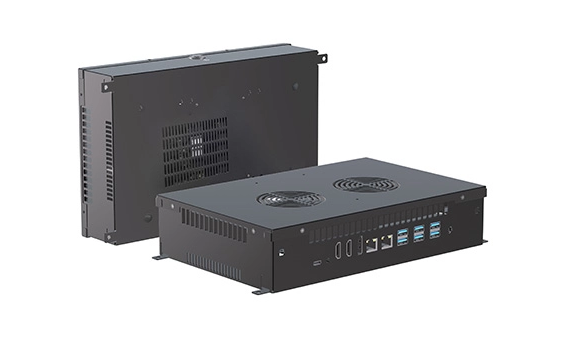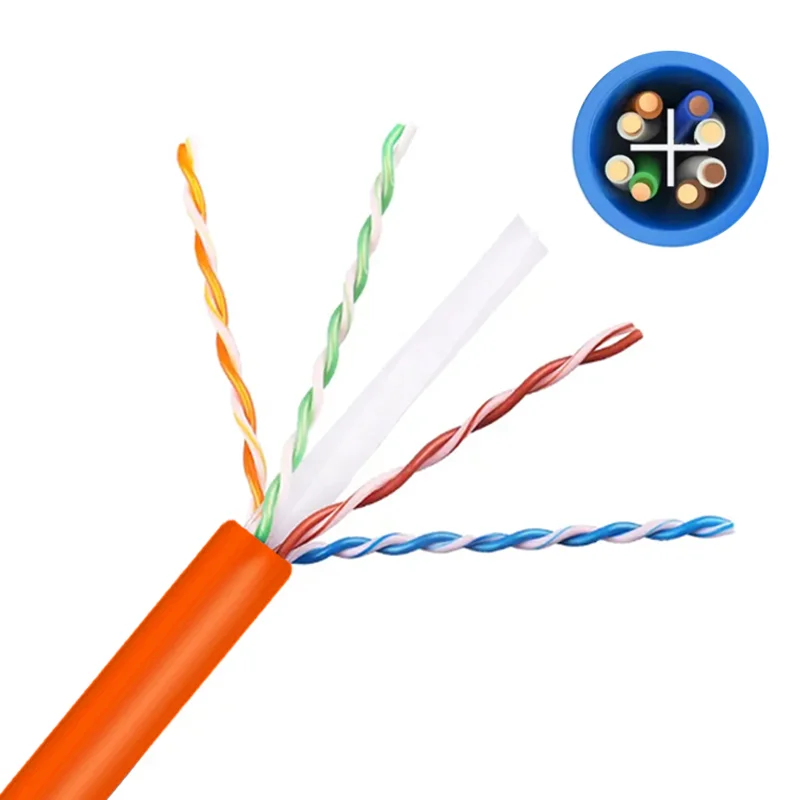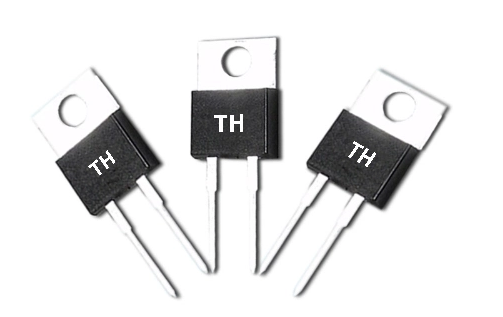Troubleshooting a Stubborn Light Switch: A Comprehensive Guide to Resolving the Issue
When a light switch refuses to turn off, it can be more than just an inconvenience; it can also pose safety risks and lead to increased energy bills. Understanding the underlying causes of this issue is crucial for effective troubleshooting. In this article, we will explore the potential reasons behind a malfunctioning light switch, provide step-by-step solutions, and offer preventive measures to ensure your electrical system remains in optimal condition.
Understanding the Problem
Before diving into solutions, it’s essential to understand why a light switch might not turn off. The issue could stem from several sources, including:
- Faulty Switch Mechanism: Over time, the internal components of a switch can wear out, leading to mechanical failure.
- Wiring Issues: Loose, damaged, or improperly connected wires can disrupt the flow of electricity, causing the switch to malfunction.
- Electrical Overload: If a circuit is overloaded, it may cause the switch to behave erratically.
- External Factors: Environmental factors such as moisture or pests can also affect the functionality of a switch.
Step-by-Step Troubleshooting
Step 1: Safety First
Before attempting any repairs, ensure your safety. Turn off the power to the circuit at the breaker box. Use a voltage tester to confirm that the power is off before proceeding.
Step 2: Inspect the Switch
- Remove the Switch Plate: Use a screwdriver to carefully remove the switch plate.
- Examine the Switch: Look for any visible signs of damage, such as burn marks or cracks. If the switch appears damaged, it may need to be replaced.
- Check Connections: Ensure that all wire connections are secure. Loose wires can prevent the switch from functioning correctly.
Step 3: Test the Switch
- Use a Multimeter: Set your multimeter to the continuity setting. Disconnect the switch from the circuit and test the terminals. A lack of continuity indicates a faulty switch that needs replacement.
- Replace the Switch: If the switch is defective, purchase a compatible replacement and install it according to the manufacturer’s instructions.
Step 4: Inspect the Wiring
If the switch appears functional, the issue may lie within the wiring:
- Check for Loose Connections: Inspect the wiring at both the switch and the junction box. Tighten any loose connections.
- Look for Damage: Examine the wires for any signs of fraying or damage. Damaged wires should be replaced immediately to prevent electrical hazards.
Step 5: Evaluate the Circuit
If the switch and wiring are in good condition, consider the possibility of an overloaded circuit:
- Identify Circuit Load: Calculate the total wattage of all devices on the circuit. If the total exceeds the circuit’s capacity (typically 15 or 20 amps), redistribute the load across multiple circuits.
- Upgrade Circuit Breaker: If necessary, consult a licensed electrician to upgrade the circuit breaker to accommodate higher loads.
Preventive Measures
To avoid future issues with light switches, consider the following preventive measures:
- Regular Inspections: Periodically check your switches and outlets for signs of wear or damage.
- Avoid Overloading Circuits: Be mindful of the total wattage on each circuit to prevent overloads.
- Use Quality Components: Invest in high-quality switches and wiring to reduce the likelihood of malfunctions.
- Hire Professionals: For complex electrical issues, always consult a licensed electrician to ensure safety and compliance with local codes.
Conclusion
A light switch that won’t turn off can be a frustrating problem, but with the right approach, it can often be resolved effectively. By understanding the potential causes and following a systematic troubleshooting process, you can restore functionality to your light switch while ensuring the safety of your electrical system. Remember, when in doubt, it’s always best to consult a professional to avoid risks associated with electrical work.






